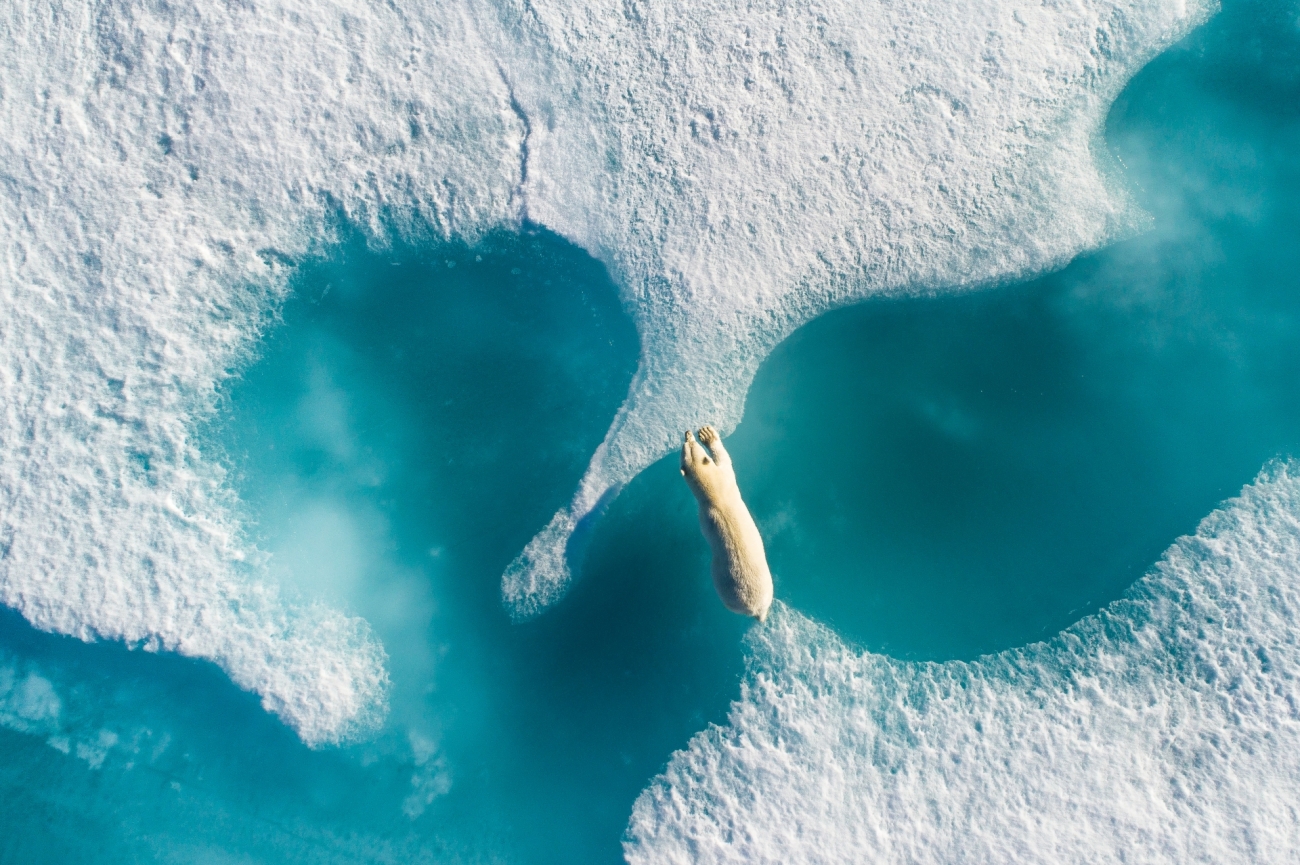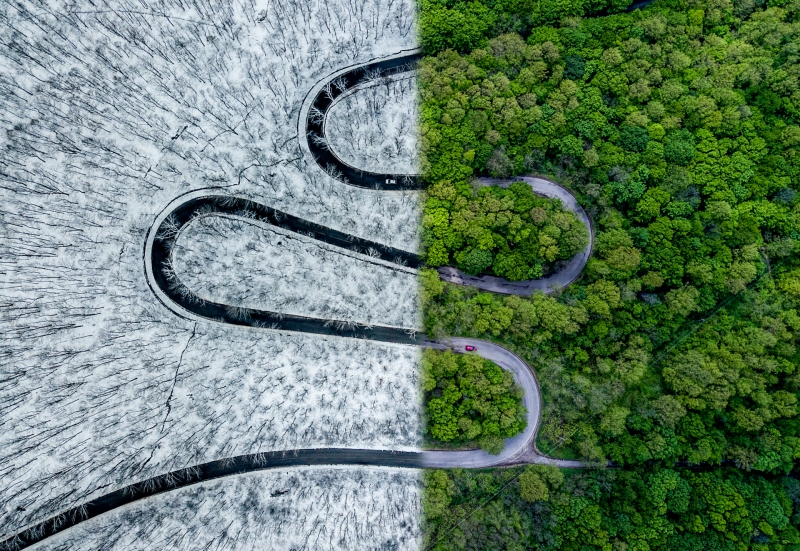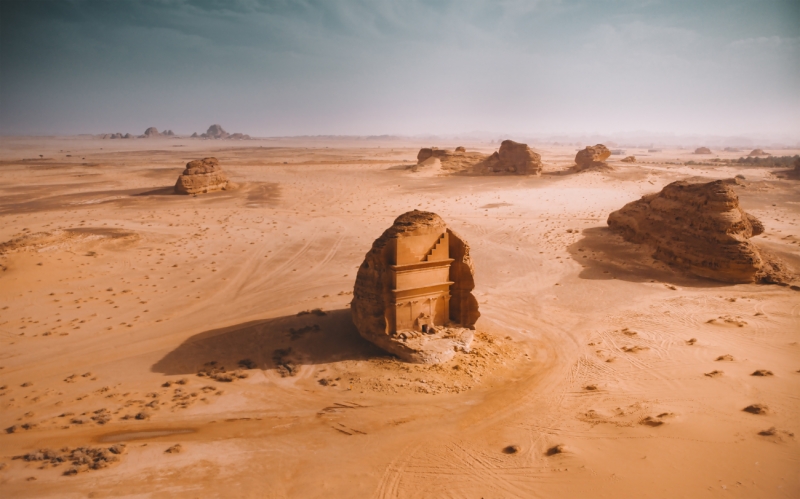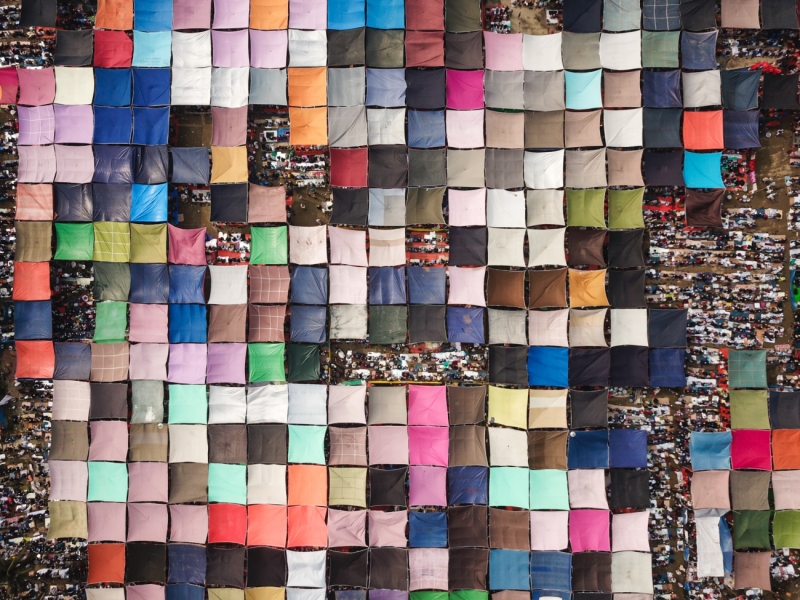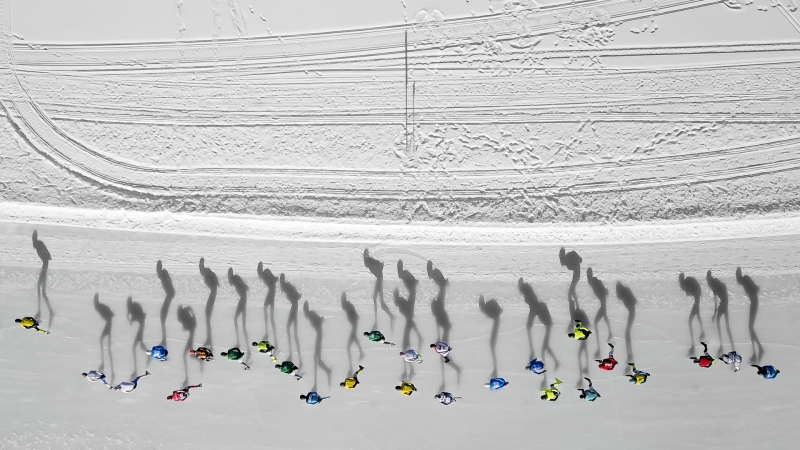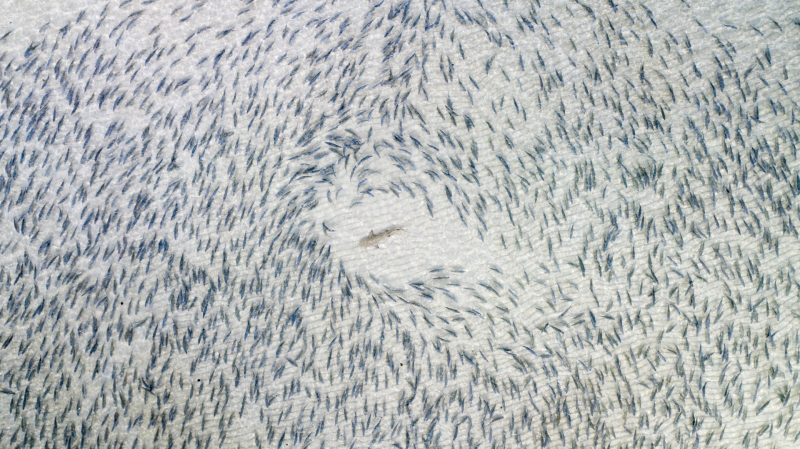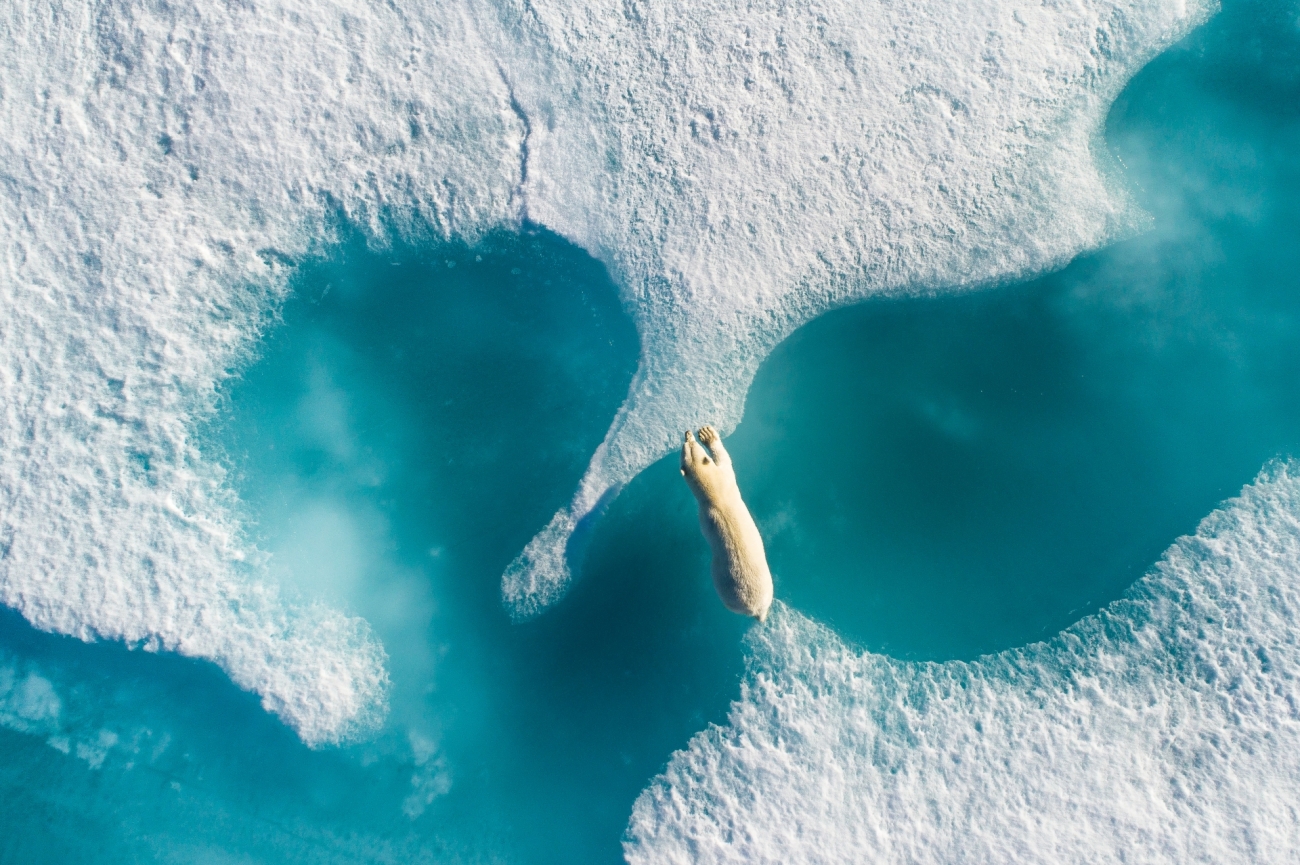
Drone photography has really taken off over the past few years, propelled in part by cheaper and more accessible technology. You can now buy a good consumer unmanned aerial vehicle (UAV) for just a couple hundreds bucks, or drop a few hundred more for one of the best on the market. Some may complain about the hum of UAVs hovering overhead but there’s one thing we can all agree on — the quality (and quantity) of aerial photography has reached new heights.
Case in point: The 2018 Drone Awards, which showcases some of the best aerial photography around. From scenes depicting the perils of climate change to abstract art and images of our built environment, more than 4,400 submissions from 101 countries were made to the Drone Awards. Now, seven have been selected as winners. Categories include urban, wildlife, sport, people, nature, abstract, and an overall photo of the year.
The photo of the year winner went to a nature image captured by French photographer Florian Ledoux. (You might recognize Ledoux’s photo as the winner of Skypixel’s photo contest earlier this year.) Titled Above the Polar Bear, the photo shows an almost golden polar bear crossing over ice blue water. Ledoux snapped the photo in Nunavut, Canada, while working on a report about wildlife in the area. He used a Phantom 4 Pro.
“I have witnessed incredible moments and scenes of the wild but I can guarantee you that this, by far, is the most beautiful thing I have ever seen,” Ledoux said at the time. “I hope that future generations will still be able to witness the beauty and grandeur of the Arctic wildlife the same way we do today.”
The best abstract photo was awarded to Ovi D. Pop’s Weather Snake, a striking image that contrasts a winding road through a dense forest during different seasons.
In the nature category, Gabriel Scanu’s winning image, Mada’in Saleh, depicts the legendary archeological site at such a distance to make it appear like a sand castle.
The urban category winner is Francesco Cattuto’s Assisi Over the Clouds, an otherworldly image of the Italian town seeming to jut out like a peninsula amid a sea of clouds.
The 2018 Drone Awards is a new initiative by the nonprofit Art Photo Travel Association, designed to highlight amateur and professional photographers alike.
Can’t get enough of these aerial images? Click here to see all the contest winners and notable submissions. And check out our gallery of the best drone photos.

